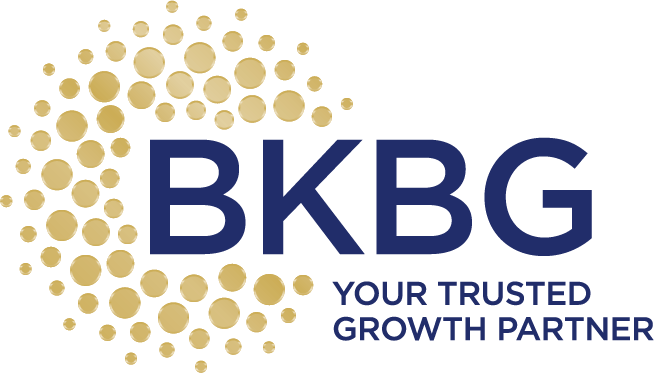Can Creativity Be Learned?
If you are like me, you probably believe that creativity is a genetic quality. You either have it or you don’t. Guess what? We are wrong. Jeff Dyer, Hal Gregersen and Clayton M. Christensen write in The Innovator’s DNA that creativity skills are not simply genetic traits “endowed at birth, but that they can be developed.” The authors cite scientific studies that prove nearly 67% of innovative skills and the ability to look at the same things differently come through learning – “from first understanding the skill, then practicing it, and ultimately gaining confidence in our capacity to create.”
The authors also acknowledge that many of the innovators that they studied, Steve Jobs (Apple), Jeff Bezos (Amazon), A.G. Lafley (Procter & Gamble), Scott Cook (Intuit), Michael Dell (Dell), Tom Kelley (IDEO), Chuck Templeton (OpenTable) and a dozen or so other gifted individuals, would be considered by most of us as having been born creative. However, these innovators “often describe how they acquired innovation skills from role models who made it ‘safe’ as well as exciting to discover new ways of doing things.” The bottom line is that creativity skills can be learned. Sign me up!
How do you learn to be creative? The authors found that the great innovators of the last 50 years all looked at life with curiosity and commonly engaged the same behavioral skills more frequently than those who don’t innovate or create. These include:
- Questioning
- Observing
- Experimenting
- Networking
Creativity skills can be honed if you are willing to challenge the status quo. Procter & Gamble’s A.G. Lafley is known for asking “why” and “why not.” Steve Jobs famously questioned, “Why does a computer need a fan?”
When you look at how the world works around you, take a step back and question:
- Why are the things the way they are?
- How can you do them differently?
- Who does something similar better?
- Who can I bounce my idea off of?
The authors found that innovators are keen observers of the world around them. They not only look at their own companies, but they look outside their world to others both inside and outside of their industries to see how others tackle problems. They don’t operate in a vacuum. They don’t believe that they know it all. They watch how their customers behave and how they interact with the world around them.
Innovators constantly think why not and try new experiences. The authors point out that creative people don’t agree with the maxim, if it is not broken, don’t fix it. They are always tinkering with things that work well to see if they can get them to work better.
They work outside of their own and most people’s comfort zone. “They visit new places, seek new information and experiment to learn new things.”
Steve Jobs is a poster boy for experimentation. From his forays into psychedelic drugs to living in an ashram in India and taking a calligraphy class in college, Jobs would later use these and a host of other diverse experiences and experiments to fuel his innovations at Apple.
The final trait of great innovators is to have a good sounding board, and that is near and dear to BKBG’s heart. At BKBG we network. If you ever needed a justification to become involved in BKBG Peer Group calls, committees, leadership roles, etc., it would be the ability to network with a diverse group of individuals from a wide range of backgrounds, experience levels and job responsibilities.
BKBG is a vast resource of new ideas. It’s a venue to challenge the status quo and ask why and why not all the time. When you take advantage of BKBG’s opportunities to question, observe, experiment and network, you will add to your skill set and find the tools to solve problems more easily and creatively. Who knows, you may just become the next Steve Jobs. Think about it. Isn’t it time to think differently?
